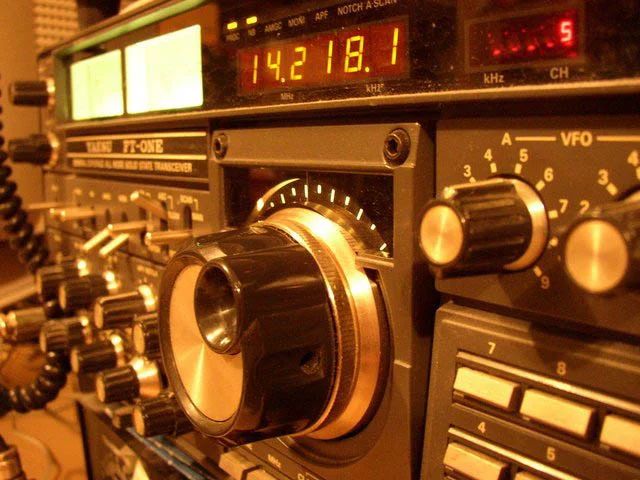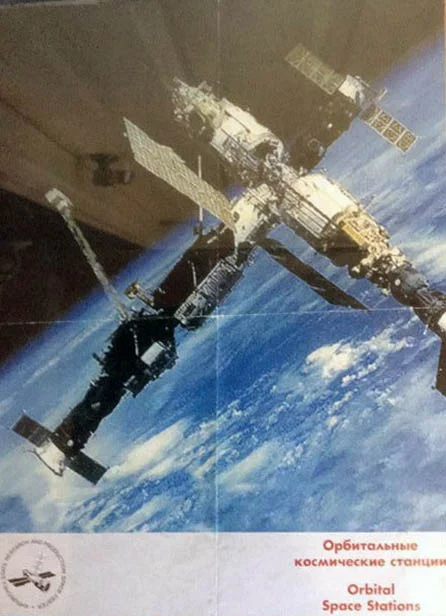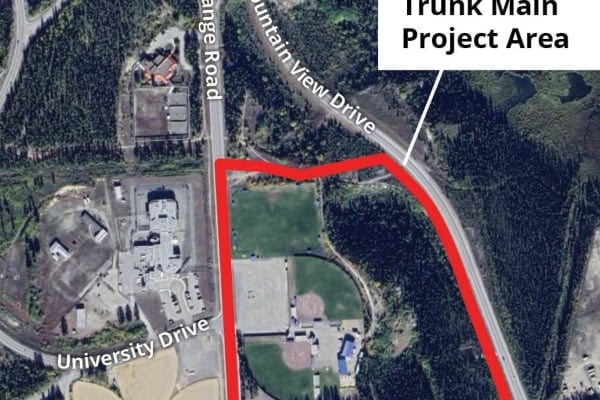With all of today’s technology, it’s amazing how some stories stay under the radar. The times are rare when you trip over a situation in which the lifeblood of a powerful government agency was dependent on one ordinary Joe. Without that help, the agency’s main program was in jeopardy of going down the tubes. An eye-catching photo hangs on the wall of a Whitehorse home, confirming such an incident.
It was an exciting day for me when I discovered the photo around a decade ago. After having trouble programming new channels into my VHF radio, I went to get some help from Ron Tull, a ham radio enthusiast, at his Porter Creek home. We went into his radio room and he immediately started to sort out the problem with my radio. Trying not to distract him, I started to explore the room quietly. There were all kinds of radio thing-a-ma-jigs on shelves that looked like electronic gobbledygook to me. I turned and looked on the wall by the workbench when I spotted a spectacular picture.
Spilling out of the framed beauty was the Russian space station, Mir. The Earth served as its backdrop. “Where did you get the picture?” I asked. “The Russian Space Agency gave it to me for helping them out,” he said. He went on to tell me how he had attracted the interest of the Russians. After looking at the details again a decade later, there’s no doubt that Tull rescued the Russian space station from a dire situation on a winter day in December 1998.
“MAYDAY- MAYDAY– MAYDAY. This is Mir– ROMIR. Are there any ground stations out there with access to emergency assistance?” It was around 1 p.m. in Whitehorse when the old radio pro, Tull, picked up the unusual call. Thinking the call was a pre-planned exercise and they were waiting for a reply from someone specific, he hesitated to answer immediately. After hearing no response, he answered. “This is VY1RT in Whitehorse, Yukon. Is this a practice exercise?”
The response from MIR was immediate. “This is not an exercise.” They informed Tull that they had an emergency and were dealing with an oxygen leak and a complete loss of power. Without power they were unable to communicate with ground control. A battery-backup powered, two-metre amateur radio was their only source of communication. It was a dire situation and ground control’s assistance was desperately needed. Tull’s help was requested to relay a message to the Russian Space Agency (RSA), informing them to set their radio on the amateur radio frequency 145.825.
Since they orbited the earth every 74 minutes, they stressed that the message would have to be expedited quickly, and they would have a 14-minute window to radio in on the next orbit for an update. Tull asked them to stand by and he started to organized a game plan on the fly. He recruited Bill Champagne, an experienced amateur radio operator for backup, just in case his radio missed part of the transmission because of radio interference. Even though Tull went to great effort to identify himself and state clearly that he was a member of search and rescue, the minute he started to mention the space station, the skeptical RCMP dispatcher had an inkling that she might be dealing with a looney tune.“You got to be kidding,” she said at first.
“No, I am not kidding. I have a priority message that came from space,” Tull replied. He described the details to the dispatcher, about what had happened to Mir, and emphasized that they were in a desperate situation. He gave her further details and explained that the Russians needed the RCMP’s assistance to relay the information to NASA so they could pass it to the RSA. After explaining when Mir’s orbit time would be over Whitehorse again, he pointed out to her that he needed the information relayed, and also a return confirmation back from the Russians, ASAP. The dispatcher informed Tull that they would get with the program and try to make everything fall into place as quickly as possible. All he could do was wait and hope no bureaucratic roadblocks popped up. He also wondered how the crew were coping with the oxygen leak in the black expanse of 400 below.
The response was a model of decisive jurisdictional cooperation when it took the dispatcher less than an hour to call Tull. The dispatcher confirmed that the Russians had received the information and they were standing by on the proper frequency. After thanking the dispatcher, Tull informed her that he would call her back, confirming that he had made contact with Mir. He had set an alarm to remind himself when Mir would be back in radio range. He reached for his radio, and called “ROMIR, this is VY1RT.”
After they responded promptly, he informed a relieved crew that their message had been delivered and he would notify the RSA immediately that their message was received. There was nothing more to do but wish them good luck. He returned the call to the RCMP, telling them to send confirmation to the Russians that the message had been received. The circle had been completed. It had been a job well done on all fronts.
A few months after the radio rescue, Tull received a package in the mail. The package contained a card and letter written in Russian and English, thanking him for his valuable assistance. Also in the package was the picture. One has to wonder what would have happened if that emergency call had gone unanswered. That spectacular picture should remind us to look up. They are up there at this moment floating in that cold endless ocean of emptiness, seconds away from disaster at any time.
Lesson learned?






